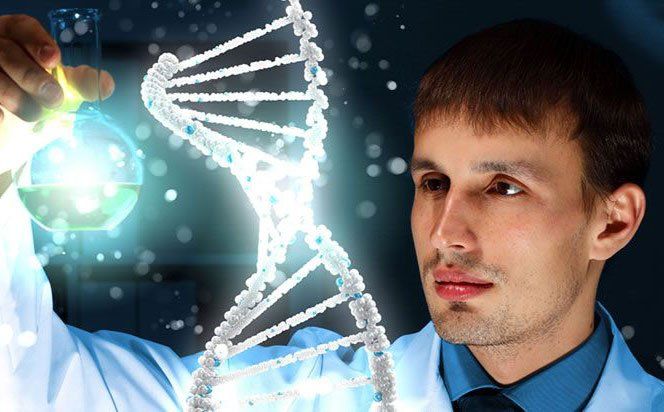MY ACCOUNT
AR-LBD
Androgen Receptor Ligand Binding Domain (650-920)
- Species: Human
- Expression Host: E.coli
- Tag: His-tag
- Purity: 90%
- Molecular Weight: 33.7 kDa.
- Gene Accession Number: NM_000044
Purification and Quality Control
The His-tag recombinant protein is purified by affinity chromatography in combination with FPLC columns.
The purified AR-LBD is greater than 90% homogeneous based on SDS-PAGE analysis.
Unit Definition (Activity)
1 unit equals 1 nano-gram of purified protein.
Applications
AR can be used for gel mobility shift assays, for protein-protein and small molecules-protein interactions assay.
Formulation and Storage
The protein is in 20mM Tris-HCl pH7.9,100mM NaCl, 0.2mM EDTA, 1mM DTT and 20% glycerol. Stored at -70°C before use. Avoid repeated freeze thaw cycles.
Synonym
AIS; DHTR; HUMARA; HYSP1; KD; NR3C4; SBMA; SMAX1 and TFM.
Protein Sequence
TSPTEETTQK LTVSHIEGYE CQPIFLNVLE AIEPGVVCAG HDNNQPDSFA ALLSSLNELG
ERQLVHVVKW AKALPGFRNL HVDDQMAVIQ YSWMGLMVFA MGWRSFTNVN SRMLYFAPDL
VFNEYRMHKS RMYSQCVRMR HLSQEFGWLQ ITPQEFLCMK ALLLFSIIPV DGLKNQKFFD
ELRMNYIKEL DRIIACKRKN PTSCSRRFYQ LTKLLDSVQP IARELHQFTF DLLIKSHMVS
VDFPEMMAEI ISVQVPKILS GKVKPIYFHT Q
Background
The androgen receptor is an androgen-activated member of the nuclear receptor superfamily of transcription factors. Signaling by the androgen receptor plays a key role in proper development and function of male reproductive organs. The androgen receptor gene is more than 90 kb long and codes for a protein that has 3 major functional domains: the N-terminal domain, DNA-binding domain, and androgen-binding domain. The protein functions as a steroid-hormone activated transcription factor. Upon binding the hormone ligand, the receptor dissociates from accessory proteins, translocates into the nucleus, dimerizes, and then stimulates transcription of androgen responsive genes. This gene contains 2 polymorphic trinucleotide repeat segments that encode polyglutamine and polyglycine tracts in the N-terminal transactivation domain of its protein. Expansion of the polyglutamine tract causes spinal bulbar muscular atrophy (Kennedy disease). Mutations in this gene are also associated with complete androgen insensitivity (CAIS). Two alternatively spliced variants encoding distinct isoforms have been described. The androgen receptor (AR) has been shown to play a critical role in the development and progression of prostate cancer.
References
1. Marques,R.B., et al., Int. J. Cancer 117 (2), 221-229 (2005)2. Metzger,E., et al., Nature 437 (7057), 436-439 (2005)
3. Murthy,S., et al., Prostate 64 (4), 362-372 (2005)
4. Hillmer,A.M., et al., Am. J. Hum. Genet. 77 (1), 140-148 (2005)
5. Gao,S., et al., Mol. Endocrinol. 19 (7), 1792-1802 (2005)
6. Chen,G., et al., Prostate 63 (4), 395-406 (2005)
7. Lim,J.T., et al., Proc. Natl. Acad. Sci. U.S.A. 102 (14), 5156-5161 (2005)
8. Kinoshita,M., et al., Am. J. Hum. Genet. 12 (4), 390-397 (2005)
9. Estebanez-Perpina,E et al., J. Biol. Chem. 280 (9), 8060-8068 (2005)
DISCLAIMER
This products is recommended For RESEARCH USE ONLY and is Not qualified for Use in Diagnostic or Therapeutic Procedures.




